Optimal Timing for Floor Jackings
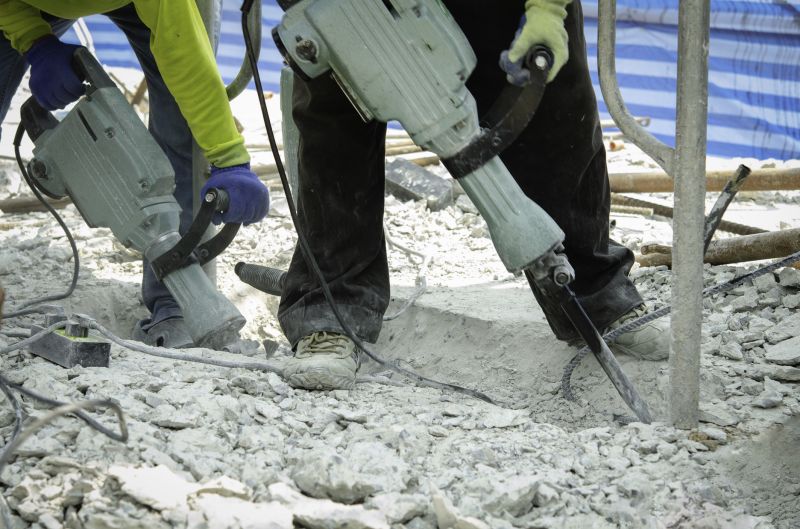
Performing floor jackings during early morning hours can be advantageous due to cooler temperatures and less activity.

Dry, stable weather ensures safer and more effective jacking procedures, reducing the risk of slips or equipment failure.

Timing floor jackings during planned maintenance periods minimizes disruptions and allows for thorough inspections.
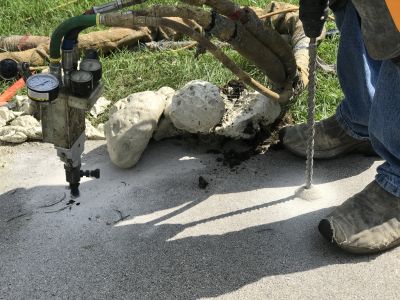
Ways to make Floor Jackings work in tight or awkward layouts.
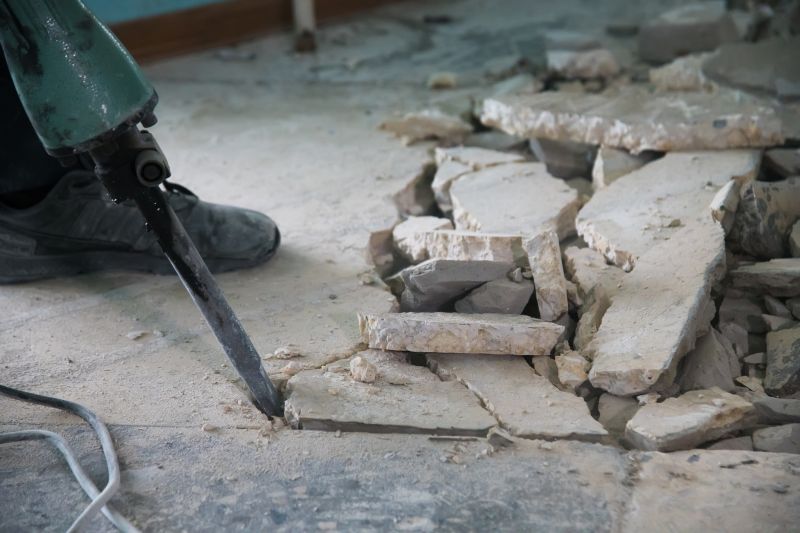
Popular materials for Floor Jackings and why they hold up over time.

Simple add-ons that improve Floor Jackings without blowing the budget.

High-end options that actually feel worth it for Floor Jackings.

Finishes and colors that play nicely with Floor Jackings.
Floor jackings are essential for vehicle maintenance, allowing for safe lifting and access to the underside of vehicles. Proper timing ensures safety and efficiency, preventing accidents and equipment damage. The best time to perform floor jackings depends on environmental conditions, operational schedules, and safety considerations.
Choosing the right time reduces safety risks and enhances the effectiveness of jacking procedures.
Weather, temperature, and ground stability influence the safety of floor jackings.
Aligning jacking activities with operational hours can improve safety and minimize downtime.
Performing inspections before jacking ensures equipment is in proper condition for use.
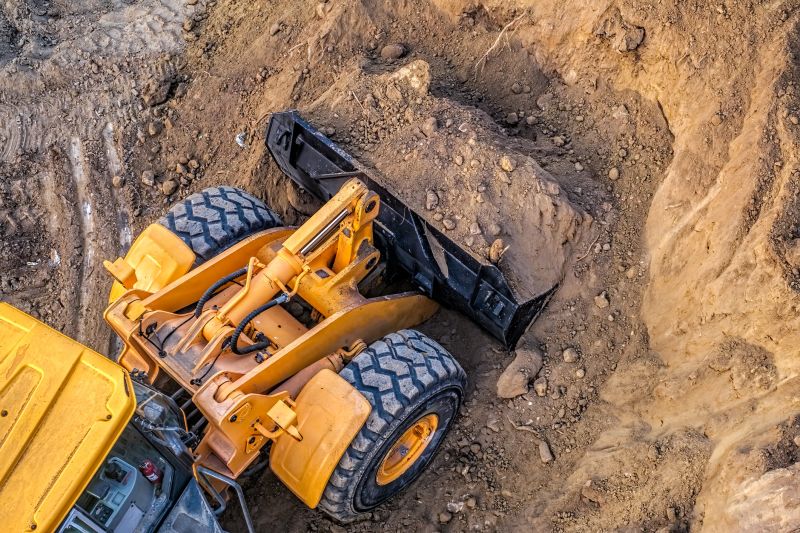
Floor jackings are designed to handle heavy loads, ensuring stability and safety during vehicle maintenance.
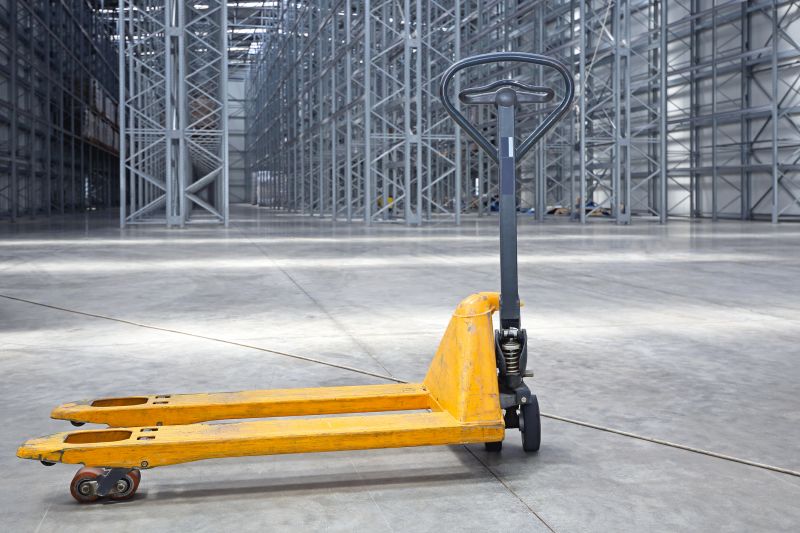
Different types of jacks accommodate various vehicle sizes and maintenance needs.

Advanced safety features reduce risks associated with lifting operations.
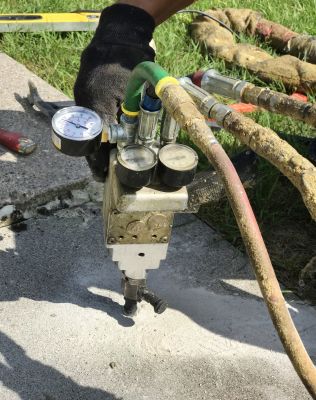
High-quality materials extend the lifespan of jacking equipment.
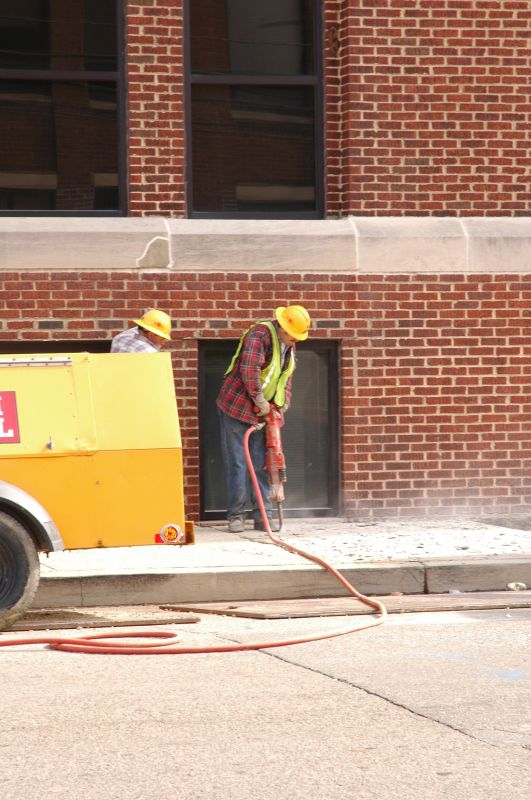
Design considerations make jacking operations safer and more efficient.

Floor jacks are adaptable to a wide range of vehicle types and sizes.
| Factor | Impact on Timing |
|---|---|
| Weather Conditions | Dry and stable weather are preferable for outdoor jacking. |
| Ground Surface | Solid, level ground enhances safety and timing decisions. |
| Operational Schedules | Align jacking with maintenance windows to reduce disruptions. |
| Personnel Availability | Ensure trained staff are present during scheduled jacking. |
| Equipment Readiness | Perform inspections prior to timing activities. |
| External Factors | Wind, rain, or extreme heat can influence timing choices. |
| Safety Regulations | Follow safety standards when planning jacking activities. |
| Forecast Monitoring | Use weather forecasts for optimal scheduling. |



